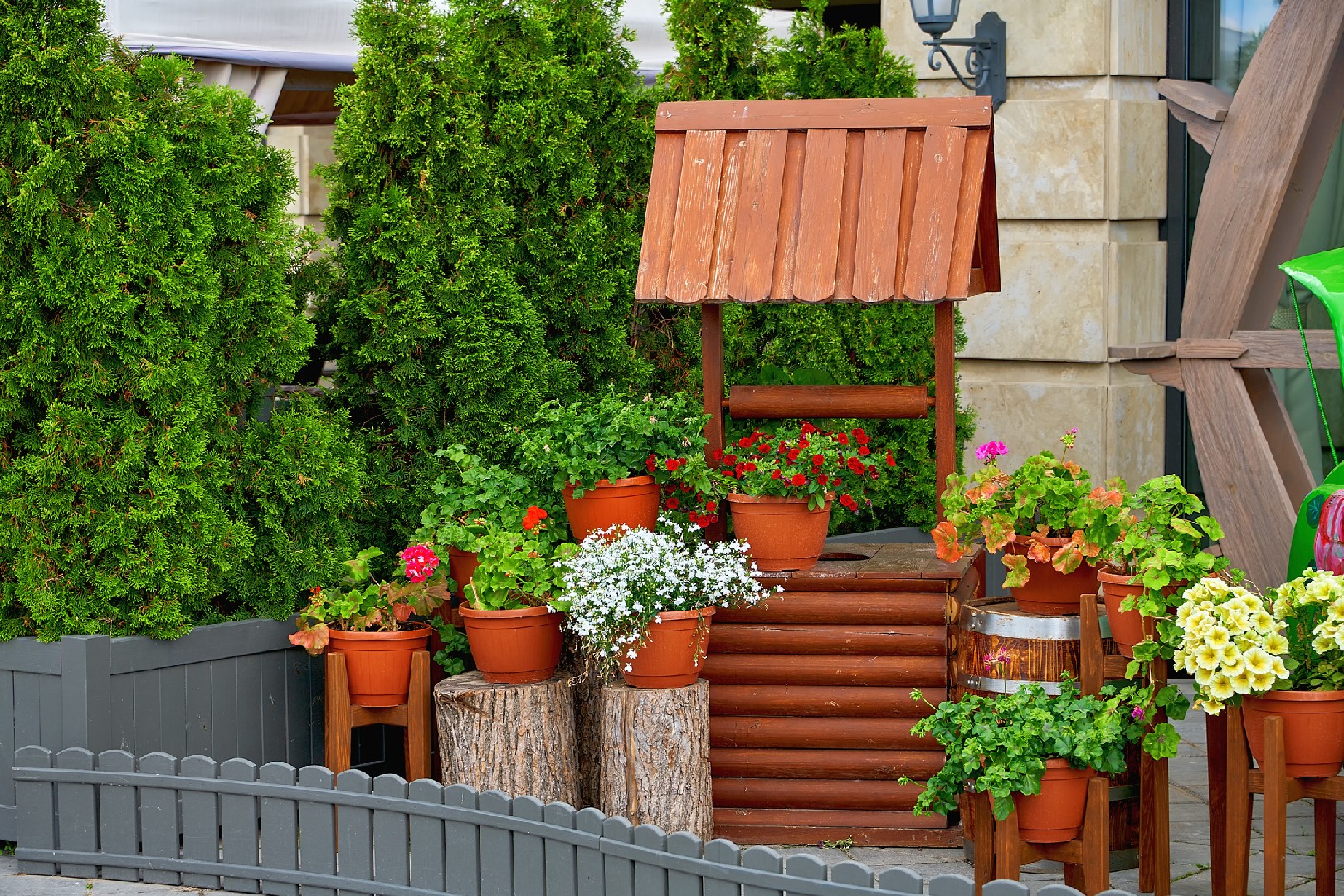![Rectangle]()
Material Selection and Maintenance Tips
When it comes to maximizing the space in your small garden, careful material selection and maintenance are essential. Choosing the right materials can make a significant difference in how spacious your garden appears, while proper maintenance ensures durability and longevity. Here are some tips to help you enhance the perception of space in your hardscaping elements and keep them in top condition.
The first aspect to consider is the choice of materials. Opting for materials that create an illusion of space is crucial in a small garden. Light-colored materials, such as beige or light gray stones, can reflect light and make the area appear larger than it actually is. Additionally, using materials with a smooth texture can give a sense of openness and flow. For example, a smooth concrete pathway surrounded by light-colored pebbles can create a visually appealing and spacious look.
In addition to color and texture, consider the scale of the materials. In a small garden, it is important to choose materials that are proportionate to the size of the space. Using large, imposing materials can overwhelm the area and make it feel even smaller. Opt for smaller, modular components that can be arranged in various patterns and configurations. This allows for flexibility in design and avoids creating a cluttered look.
Once you have selected the right materials, proper maintenance is key to ensure their durability and longevity. Regular cleaning and upkeep can prevent the accumulation of dirt, moss, or weeds, which can detract from the overall appearance of your hardscaping elements. Depending on the materials used, maintenance tasks may include sweeping, power washing, sealing, or reapplying protective coatings.
In addition to regular cleaning, it is also important to address any issues promptly. For example, if you notice a crack in your stone pathway or a loose brick in your retaining wall, it is best to repair it as soon as possible. Ignoring small issues can lead to more significant damage down the line, requiring costly repairs or replacements.
To maintain a cohesive and well-maintained look, consider integrating regular maintenance tasks into your gardening routine. This can include checking for loose stones or bricks, inspecting for signs of wear or damage, and addressing any issues immediately. By staying proactive and attentive, you can ensure that your hardscaping elements remain visually appealing and functional for years to come.
In conclusion, choosing the right materials and maintaining them properly are essential for maximizing the space in your small garden. Opt for light-colored and smooth-textured materials to create the illusion of space, and consider the scale of the materials to avoid overwhelming the area. Regular cleaning and addressing any issues promptly are important for ensuring the durability and longevity of your hardscaping elements. By following these tips and integrating maintenance tasks into your routine, you can create a visually appealing and spacious garden that can be enjoyed for years to come.





